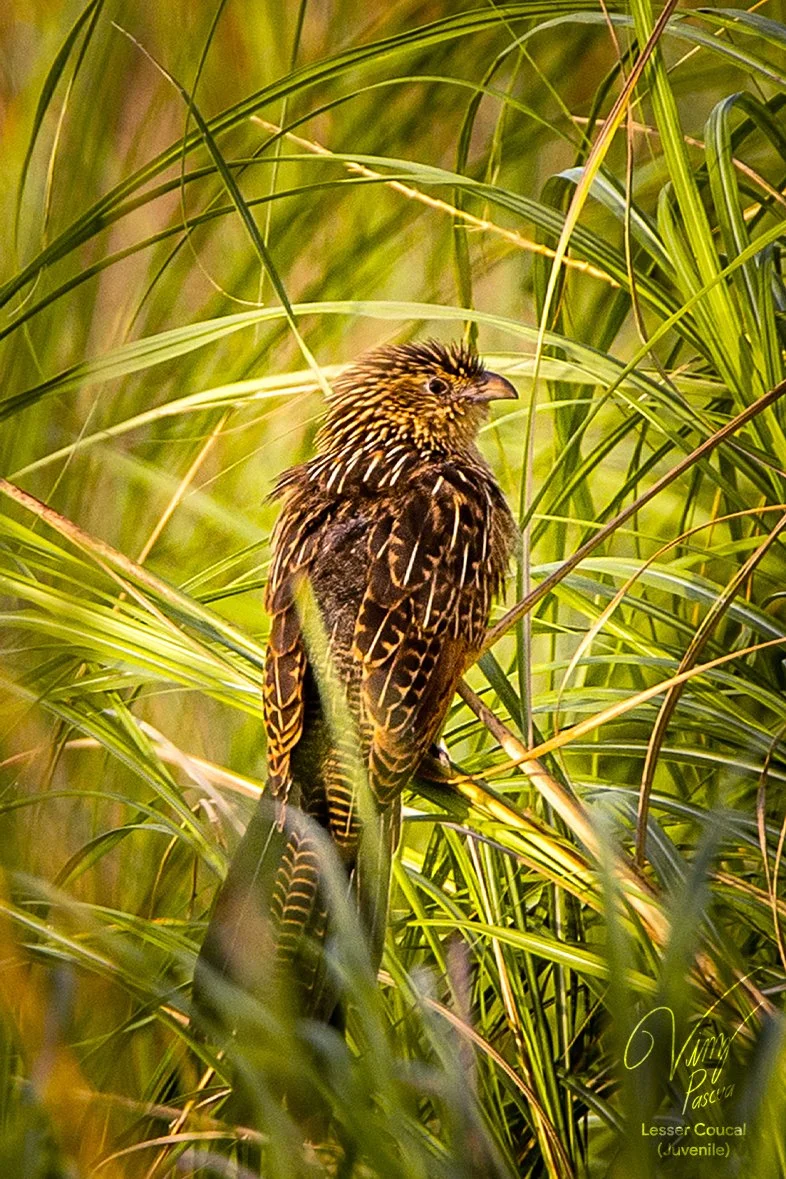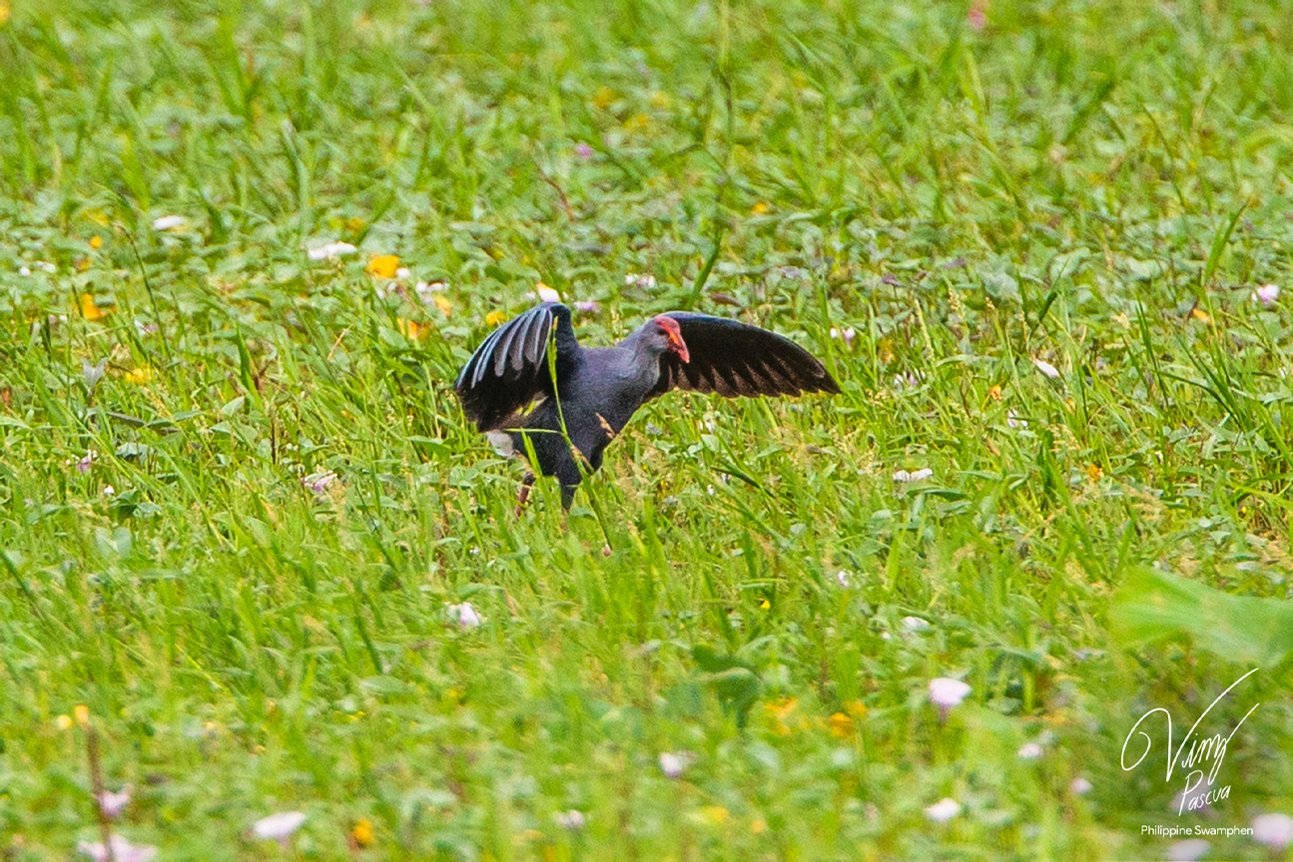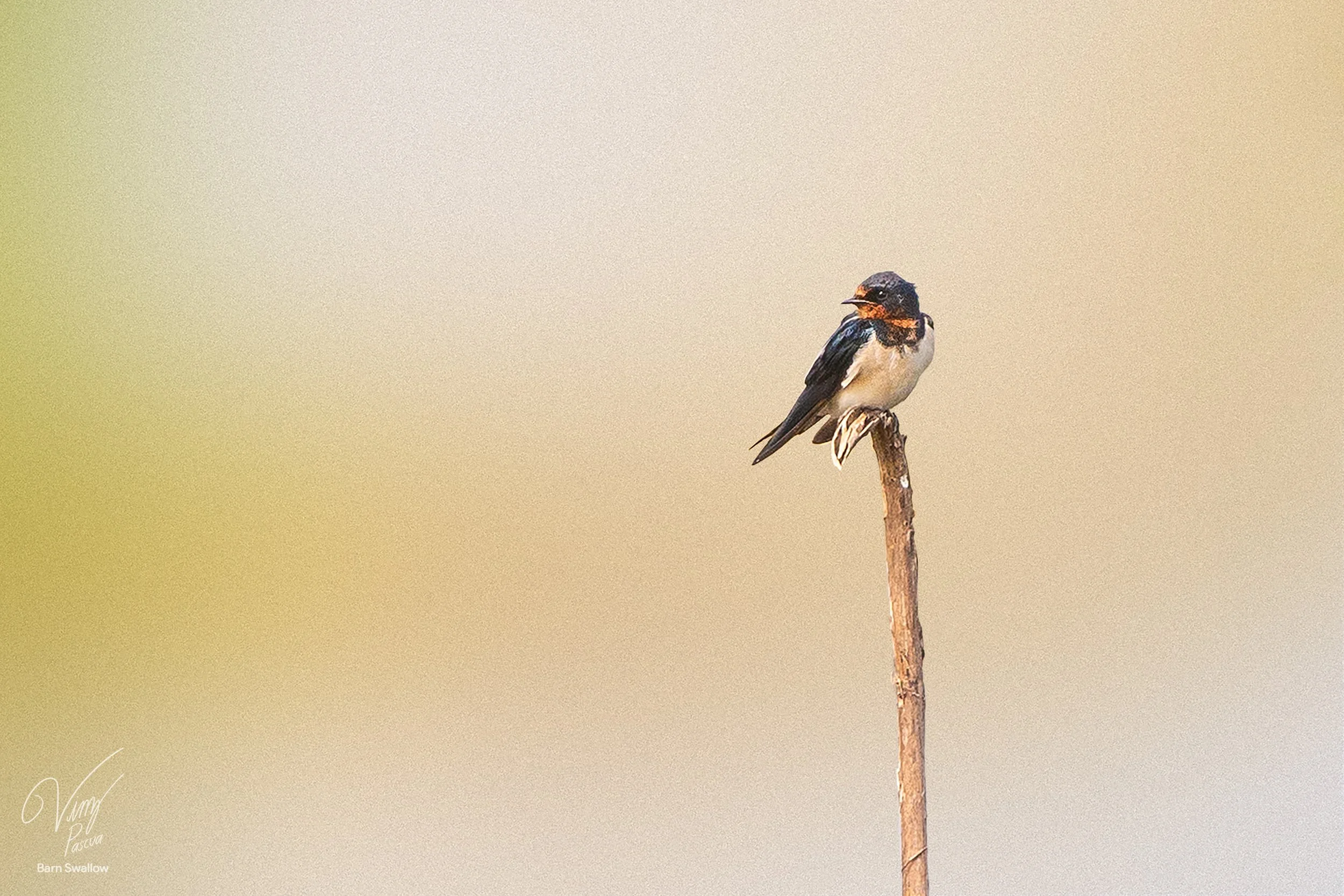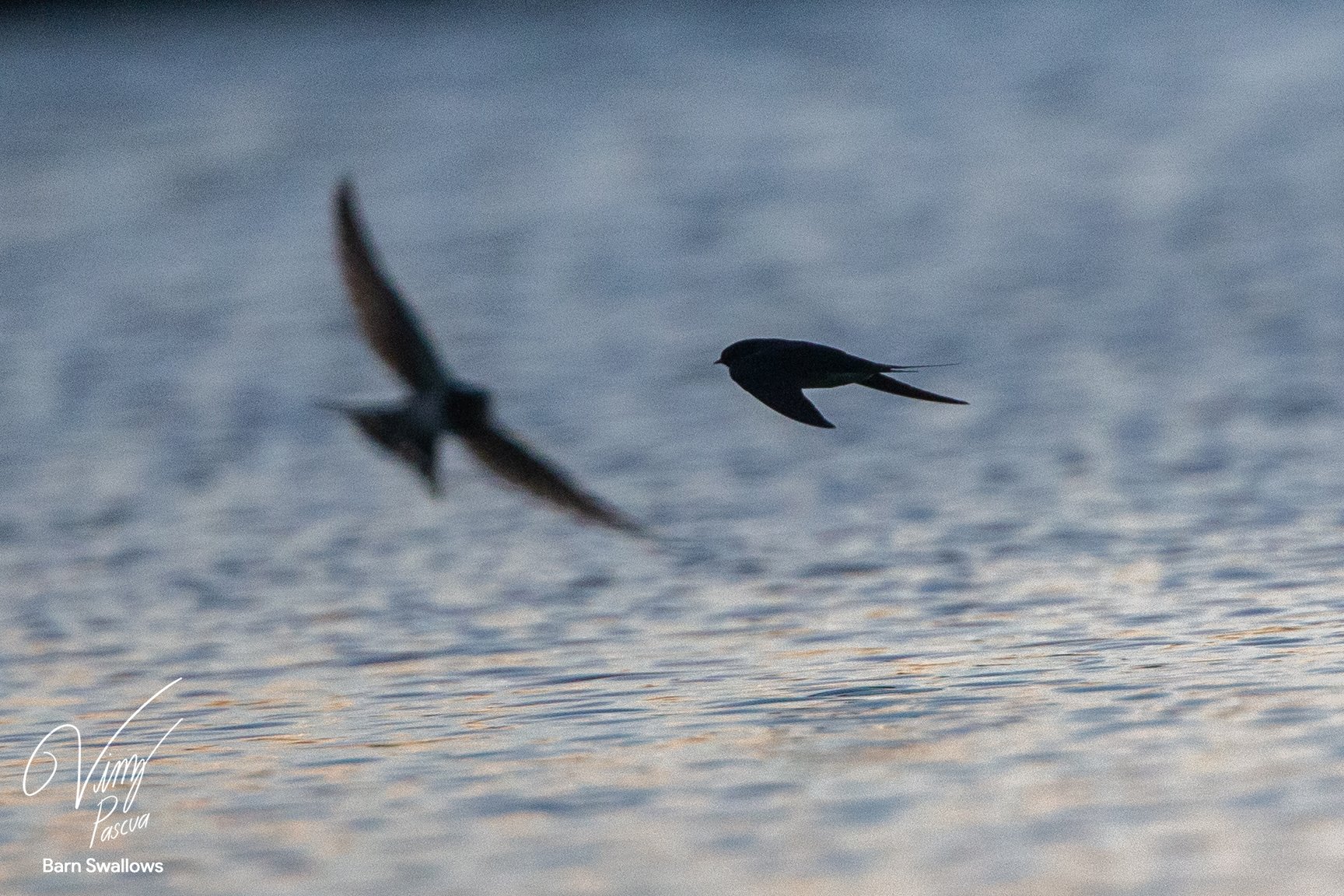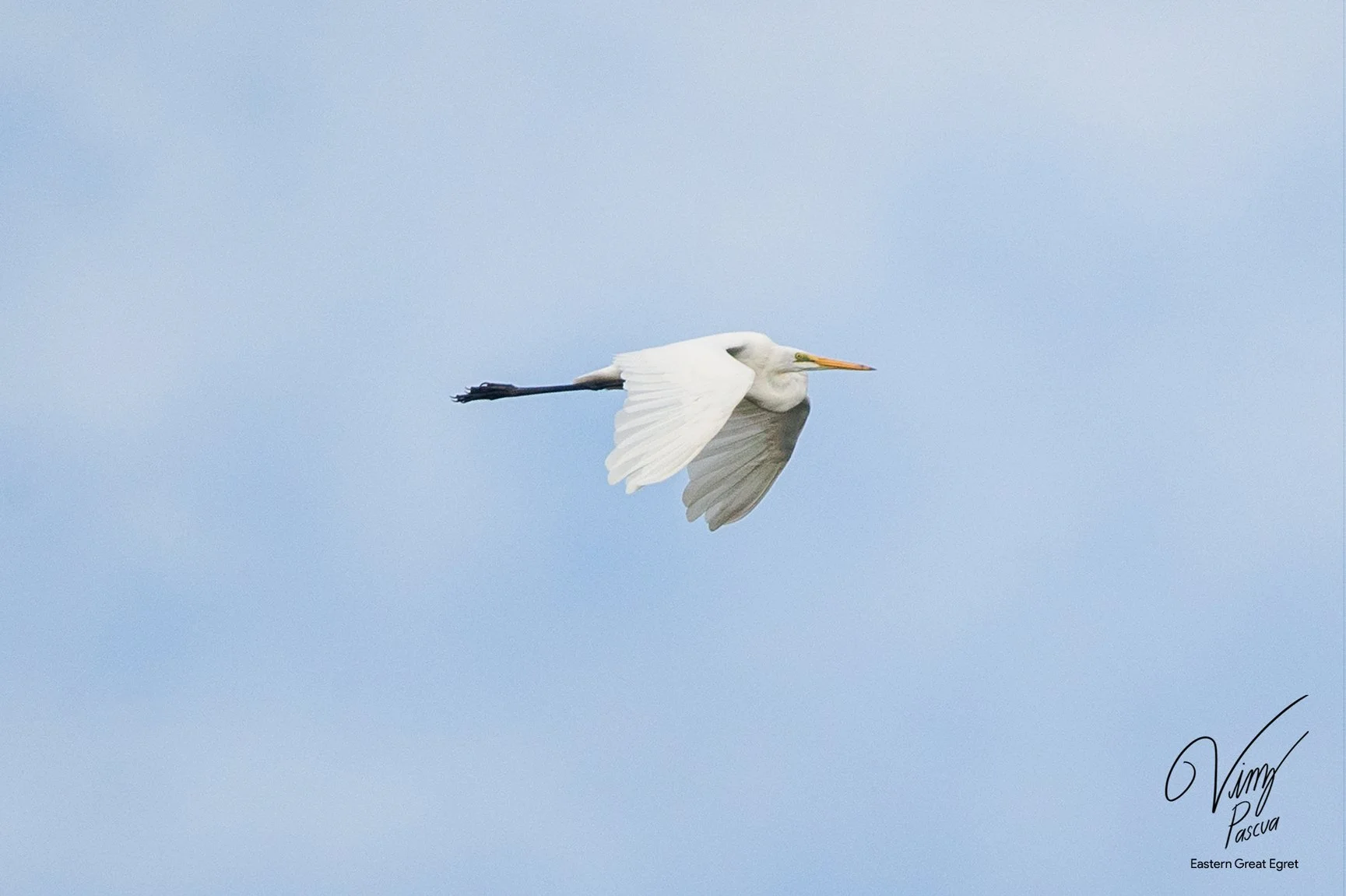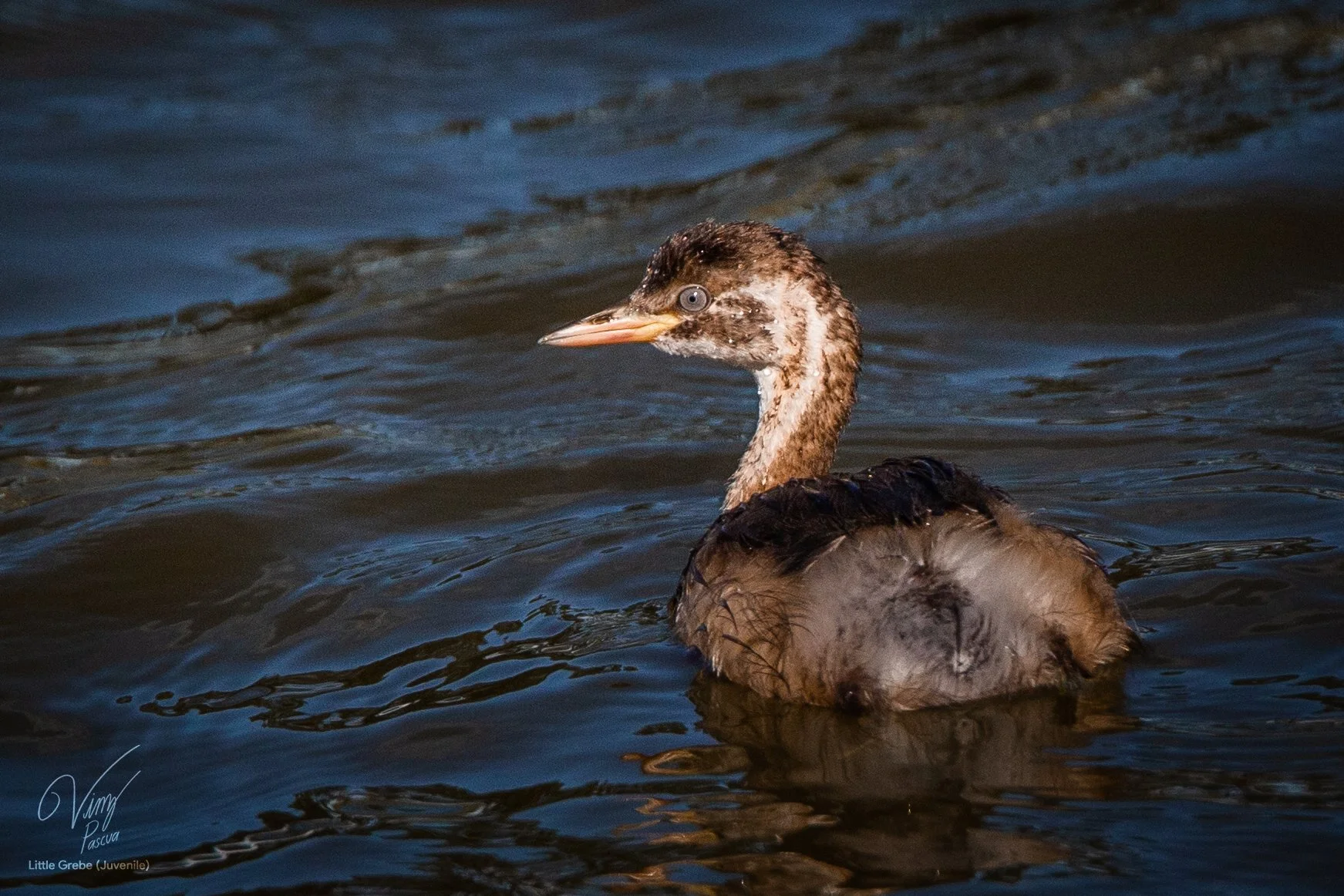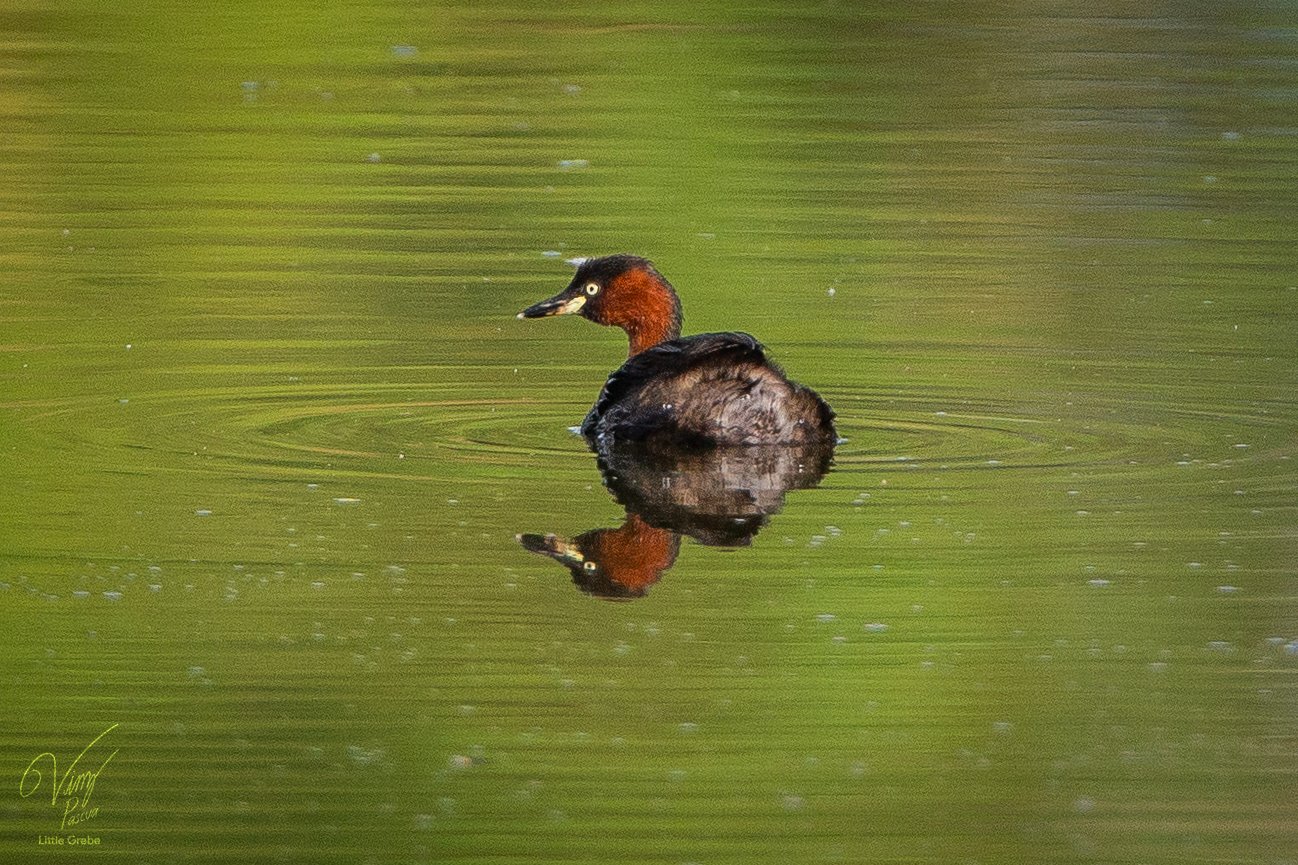
CANDABA SWAMP
November 30, 2020
Candaba Swamp is one of the most sacred areas for bird photographers. The star bird in this area is easily the Philippine Duck, our only endemic duck. There was a time before where the Philippine Ducks were abundant in this area. My dad always told me about his forays in that area and how he was always fascinated by this species when he was photographing there. For my visit in November 2020, I couldn't see any Philippine Ducks, and merely Wandering Whistling Ducks were vastly populated. A huge flood was able to ravage the swamp a month before, so it broadly affected the wildlife in that area.
The morning going to that area was difficult, but we persisted in photographing the present birds. Despite not being able to witness a Philippine Duck, I was surprised at the birds present, such as the Philippine Long-tailed Shrike, the Whiskered Tern, and the Wandering Whistling Ducks all over the place!
VICTORIA
November 30, 2020 | January 2, 2021
Victoria is a rising birding hotspot housing multiple fields and lakes. The most famous lake in the area, Canarem Lake, is a new go-to spot for most bird photographers because of the rise of birds documented. When I first visited the site, it was after our initial birding venture in Candaba Lake. Close in proximity, and we headed out to Canarem Lake to be the firsts to experience the newly established area. What immediately made it easier to photograph wildlife in the area is the ease of access to any photographer; Candaba is a muddy trek to get to the plains, while Canarem Lake already has established roads for any budding photographer.
What surprised us in Canarem Lake is the vast array of species present. From the rare endemic Philippine Duck to the Migrant Siberian Rubythroat, this place is no short of lovely birds to be photographed.
Siberian Rubythroat | Calliope calliope | Migrant | IUCN & DENR Least Concern | Photographed in Tarlac
Siberian Rubythroat | Calliope calliope | Migrant | IUCN & DENR Least Concern | Photographed in Tarlac
Ang pangalang "Kiling" ay binigay ng mga taga-Cordillera bilang isang tagapagpahiwatig sa taglamig. Bilang isang migratory na ibon, nagiging indikasyon ang pagdarating ng ibon na ito kung panahon ng tag-lamig na sa isang lugar. Ang "Kiling" na pangalan ay minsang nalilito sa salitang Ingles na "Killing," mukahang malilito ang mga tao sa kanyang pulang lalamunan na parang dumudugo ang ibon.
The Siberian Rubythroat is a migrant winter visitor originating from Siberia. This frame displays his most distinct features: the Rubythroat and its tail-flicking action.
The Ruby-colored throat is a sexually dimorphic feature present in the male individuals compared to the white-brown throat present in the females. The Siberian Rubythroat's tail-flicking behavior appears to be reflective of its response to external stimuli. Its tail flicks whenever the bird notices something of interest, such as when we played its calls, flicking every time as a secondary response.
Black-winged Stilts | Himantopus himantopus | Migrant | IUCN & DENR Least Concern | Photographed in Tarlac
Black-winged Stilts | Himantopus himantopus | Migrant | IUCN & DENR Least Concern | Photographed in Tarlac
Black-winged Stilts | Himantopus himantopus | Migrant | IUCN & DENR Least Concern | Photographed in Tarlac
The morning has blessed the fields of Victoria with the race of black-winged stilts. The lone captain stilt leads the flock, with the rest tailing by at the end. Performing circles all around the field, these stilts don't get tired quickly. Framing the scene was as if you are watching a chase scene with a bunch of birds. Tracking it requires poise and focus, enough to illustrate all of them in a single frame. Truly a glorious moment being among the crowd watching the heat of the competition as the sun rises for our venture to 2021.
Yellow Bittern | Ixobrychus sinensis | Resident | IUCN & DENR Least Concern | Photographed in Tarlac
By nature, Bitterns often go into hiding, preferably staying secluded in the underbrush. At an area in the Victoria Plains, the Bittern was hunting fish present in the ponds. I tried to photograph the Bittern stalking fish, but it flew away when I took another step. By some miraculous chance, he flew around me, and I had an opportunity to photograph this photo. The rest of the photographs are not in focus. This was the sole photo of the Bittern in Flight.
Juvenile Lesser Coucal | Centropus bengalensis philippinensis | Resident subspecies | IUCN & DENR Least Concern | Photographed in Tarlac
Juvenile individuals are challenging to identify, but based on the banding on its tail feathers, size, and pale white streaks on its mantle feathers, this is an uncommon Juvenile Lesser Coucal. The adult individual has brown wings and an overall black body instead of the juvenile counterpart's mixed brown and light tan plumage.
Philippine Duck | Anas luzonica | Endemic | DENR Vulnerable | IUCN Vulnerable | Photographed in Tarlac
Characteristic Cleopatra Black-streaked eyes definitely make this bird a sight to behold. The Philippine Duck is a Rare Endemic Duck found only in the Philippines. Spotting this duck is difficult in the field of a mixed flock. In Victoria, the Philippine Duck is located within Wandering Whistling Ducks' flocks, in a ratio of 1 to 100, I estimate. It was such a slim chance for me to photograph this lone Philippine Duck while all the other Ducks were flying across the rice fields.
In Canarem Lake, easily the main target of us photographers is the Philippine Duck. Virtually a 1 in 100 chance of actually photographing one in the frame, especially with the plains of hundreds of Black-winged Stilts and Wandering Whistling Ducks. Black-winged Stilts roam around the plains over several intervals. Wandering Whistling Ducks often circle a lake several times, and in some chances, other species such as the Philippine Duck often hitch a ride amongst the flock.
Wandering Whistling Duck | Dendrocygna arcuata | Resident | IUCN & DENR Least Concern | Photographed in Tarlac
Wandering Whistling Duck | Dendrocygna arcuata | Resident | IUCN & DENR Least Concern | Photographed in Tarlac
We were told at a young age by our teachers that Ducks usually say "Quack" as a means of calling each other; well, the Wandering Whistling-Duck would like to disprove that initial learning.
As one can guess by the species' name, the Wandering Whistling-duck doesn't use Quacks as their primary call, but they perform high-pitched whistles instead! In Canarem Lake, multiple individuals were flying around the rice fields from Dusk to Dawn, making looking for our target, the Philippine Duck, quite the challenge. What made each species stand out from each other in a vast flock is their sound. The Wandering Whistling-ducks would whistle, while the Philippine Ducks would go Quack.
Philippine Long-tailed Shrike | Lanius schach nasutus | Resident Subspecies | IUCN & DENR Least Concern | Photographed in Tarlac
The Philippine Long-tailed Shrike's genus name, Lanius, means butcher, fitting for an aggressive little hunter. The Long-tailed Shrike often invades other birds' privacy as it engages in hunting small lizards and insects. In Candaba Swamp, this lone Long-tailed Shrike perches on a low lying branch as it waits for its next meal.
Whiskered Tern | Chlidonias hybrida | Migrant | IUCN & DENR Least Concern | Photographed in Candaba Swamp
The Whiskered Tern is a resident Tern species that migrates in the Philippines during winter times. Shown is a Whiskered Tern in flight in the process of hunting fish in Candaba Swamp. Whiskered Terns fly stagnantly in a single position as a way to observe all the coming fishes in the swamp. They fly in the same place for a few minutes and take a swooping dive on top of the water to catch their prey.


